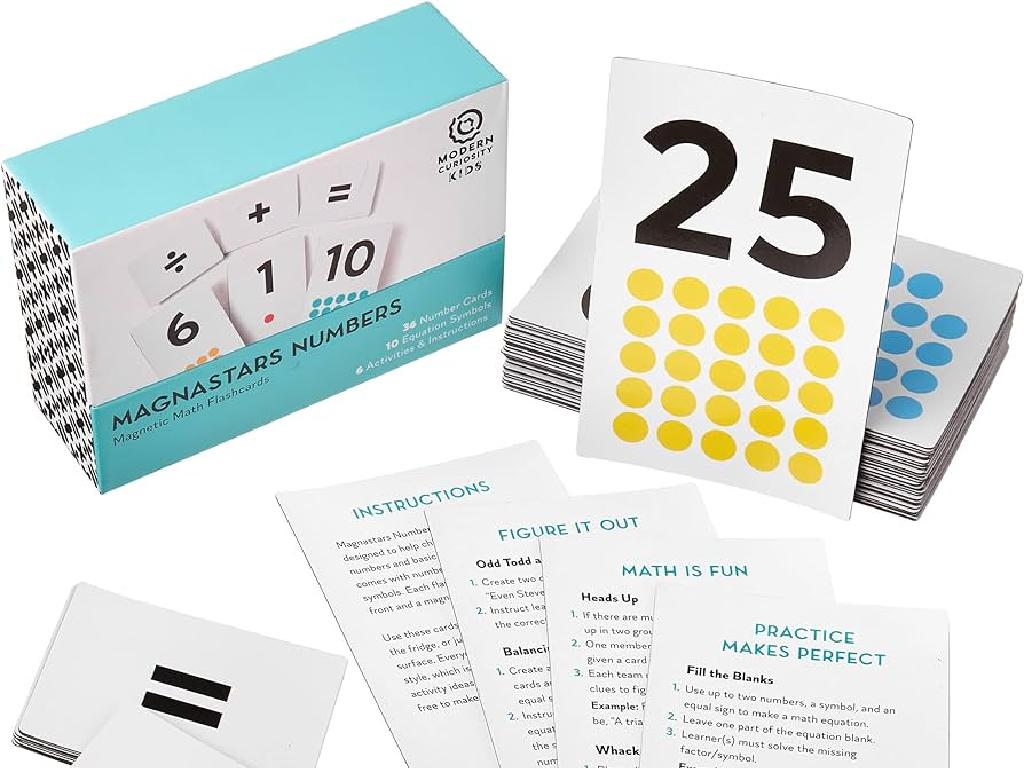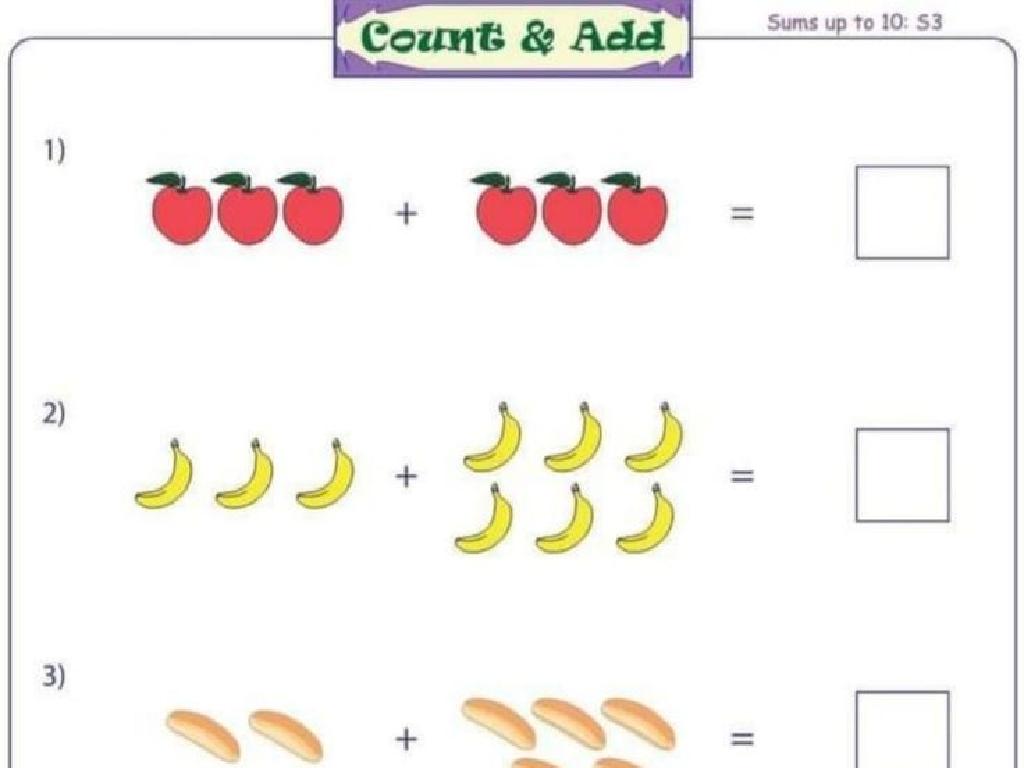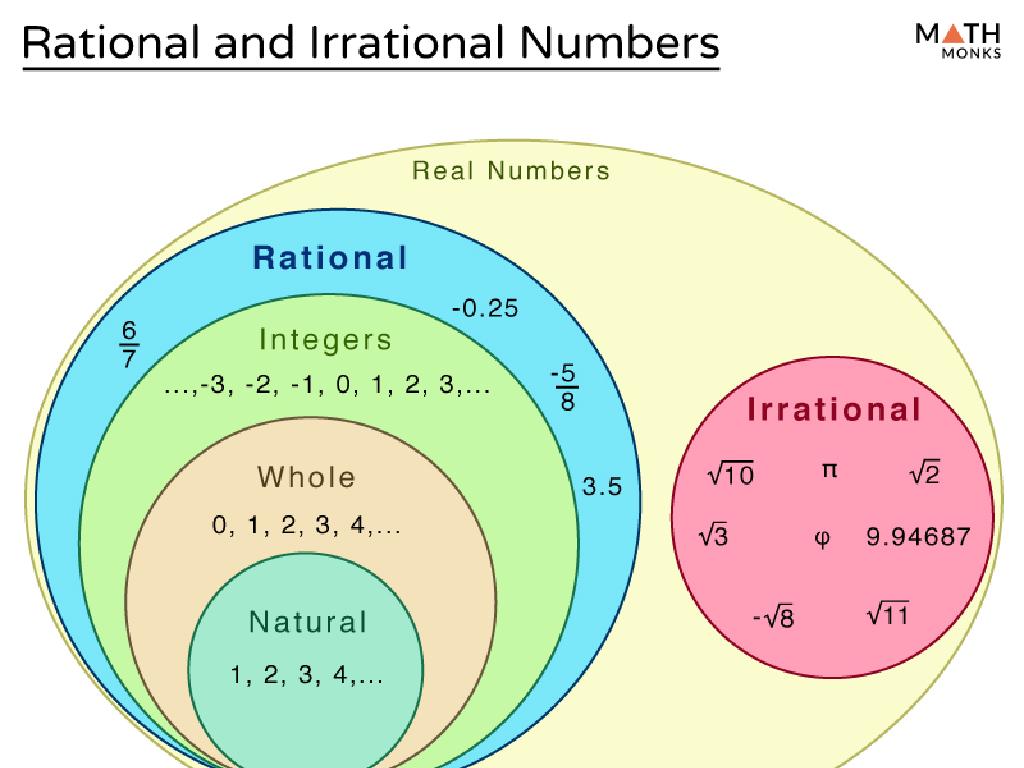Subtract Three-Digit Numbers: With Regrouping
Subject: Math
Grade: Third grade
Topic: Subtraction: Three Digits
Please LOG IN to download the presentation. Access is available to registered users only.
View More Content
Welcome to Subtraction: Three-Digit Numbers!
– Learn to subtract three-digit numbers
– Subtract numbers like 456 – 123
– Grasp regrouping concept
– Sometimes you need to ‘borrow’ from the next column
– Understand subtraction’s value
– It helps in everyday situations like making change
– Practice makes perfect
|
This slide introduces the concept of subtracting three-digit numbers with a focus on regrouping. Regrouping, often referred to as ‘borrowing’, is a crucial skill when subtracting numbers that cannot be subtracted directly. Emphasize the importance of subtraction in daily life, such as calculating change. Encourage students to practice with various examples to build confidence. Provide clear step-by-step examples on the board, and prepare to offer hands-on activities where students can practice regrouping with physical objects or number cards.
Understanding Subtraction with Regrouping
– What is subtraction?
– Subtraction means taking one number away from another.
– Purpose of subtraction
– It helps us figure out what’s left or the difference.
– Key Terms: Minuend, Subtrahend, Difference
– Minuend is the number we start with, subtrahend is what we take away, and the difference is what’s left.
– Regrouping in subtraction
– Sometimes we need to ‘borrow’ from the next place value.
|
This slide introduces the concept of subtraction and its purpose, which is to find out how many are left or the difference between numbers. It’s important to explain the key terms clearly: the minuend is the number from which another number (the subtrahend) is to be subtracted. The result of this operation is called the difference. Emphasize the concept of regrouping, which is sometimes necessary when the digit in the subtrahend is larger than the corresponding digit in the minuend. Provide examples of regrouping in three-digit subtraction to illustrate the process. For instance, in subtracting 354 from 762, we need to regroup the tens into ones to subtract the four from the two in the ones place.
Subtracting Without Regrouping
– Review: Simple subtraction
– Example: 123 – 111
– Subtract each digit: 3-1=2, 2-1=1, 1-1=0, answer is 012 or just 12
– Practice subtraction together
– Work on similar problems as a class
– Understand no regrouping needed
|
Begin with a quick review of basic subtraction without regrouping to ensure students are comfortable with simpler problems before introducing regrouping. Use the example 123 – 111 to illustrate this concept, showing that each column can be subtracted independently without borrowing from the next column. Engage the class with practice problems, encouraging them to solve together and reinforcing the idea that regrouping is not necessary when each top digit is larger than the bottom digit. This will build a solid foundation for when they encounter problems that do require regrouping.
When Do We Need Regrouping?
– Regrouping in subtraction
– Top number smaller than bottom
– If 5 is less than 7, we need to regroup
– Example: 235 minus 117
– Borrow from the tens place to make 15 – 7
– Visualize with place value aids
– Use blocks or charts to show regrouping
|
This slide introduces the concept of regrouping in subtraction when dealing with three-digit numbers. Regrouping is necessary when a digit in the minuend (top number) is smaller than the corresponding digit in the subtrahend (bottom number). For example, when subtracting 235 – 117, we cannot subtract 7 from 5 in the ones place without regrouping. Teachers should demonstrate this concept using place value blocks or charts to visually represent the process of borrowing from the tens place. This visual aid helps students understand the abstract concept of regrouping. Encourage students to practice with similar examples and use manipulatives for hands-on learning.
Steps to Subtract with Regrouping
– Start at the ones place
– If ones place of the top number is smaller, borrow from the tens
– Regroup tens if needed
– After regrouping ones, check if tens need to borrow from hundreds
– Move to tens, regroup hundreds
– Ensure tens are enough to subtract; if not, regroup from hundreds
– Subtract the hundreds place
– Finally, subtract the top hundreds from the bottom hundreds
|
This slide outlines the steps for subtracting three-digit numbers with regrouping. Begin by explaining the concept of regrouping, which is similar to borrowing in subtraction. Use the example 435 – 258 to demonstrate the process. Start with the ones place: 5 cannot be subtracted from 5 without regrouping, so we borrow from the tens place. Move to the tens place: after regrouping, subtract the tens. If the tens place of the top number is smaller, borrow one from the hundreds place. Finally, subtract the hundreds place. Emphasize the importance of aligning the numbers by their place values and working from right to left. Provide additional examples for practice and ensure students understand each step before moving on.
Let’s Practice Subtraction with Regrouping!
– Work through 529 – 346
– Subtract ones, tens, then hundreds. Regroup as needed.
– Work through 804 – 567
– Subtract ones, tens, then hundreds. Regroup as needed.
– Understand regrouping steps
– Solve as a class activity
– We’ll do these examples together on the board.
|
This slide is designed as an interactive class activity to practice subtracting three-digit numbers with regrouping. Start with the first example, 529 – 346, by subtracting the ones place, then tens, and hundreds, explaining regrouping when more than 10. Repeat the process with the second example, 804 – 567. Encourage students to participate in solving the problems on the board. Provide guidance on regrouping, ensuring students understand when and why it’s necessary. After working through the examples, facilitate a discussion on the steps taken and answer any questions. This activity will help solidify the concept of regrouping in subtraction.
Common Mistakes in Subtraction with Regrouping
– Always remember to regroup
– If a column can’t be subtracted, borrow from the next column.
– Keep the places in order
– Ones go with ones, tens with tens, and so on.
– Subtract, don’t add!
– Subtraction means taking away, not adding more.
– Double-check your work
|
This slide aims to highlight frequent errors students make while subtracting three-digit numbers with regrouping. Emphasize the importance of regrouping when a column has a smaller top number. Stress the need to keep each place value aligned to avoid confusion. Remind students that subtraction is the process of taking away, which is different from addition. Encourage students to always double-check their work to catch any mistakes. Use examples to demonstrate each mistake and how to avoid it. For instance, show a problem where regrouping is forgotten and walk through the correct steps. Practice problems in class to reinforce these concepts.
Independent Practice: Subtraction with Regrouping
– Try subtraction problems yourself
– Complete the provided worksheet
– Use the methods we learned in class
– It’s okay to ask for help
– Teachers are here to assist you
– Practice makes perfect!
|
This slide is aimed at reinforcing the students’ understanding of subtracting three-digit numbers with regrouping through independent practice. Provide a worksheet with a variety of subtraction problems that require regrouping. Encourage students to attempt the problems using the step-by-step method taught in class. Remind them that it’s perfectly fine to ask for help if they encounter difficulties. This practice will help solidify their grasp of the concept. For the teacher: Be prepared to offer individual assistance and have additional practice sheets available for students who may finish early or need extra practice. Consider pairing students for peer tutoring if they are struggling with the concept.
Class Activity: Subtraction Bingo
– Play Bingo with subtraction problems
– Solve problems to mark your spot
– Aim for five correct in a row
– Celebrate the winners!
|
This interactive class activity is designed to make learning subtraction with regrouping fun. Prepare Bingo cards with different subtraction problems that require regrouping. Each student or a group of students will receive a card. When you call out a problem, students must solve it and if the answer is on their card, they can mark that spot. The first student or team to get five correct answers in a row (horizontally, vertically, or diagonally) wins the game. Make sure to have small prizes or celebratory stickers for the winners to keep the game exciting. Possible variations of the game could include: 1) Timed rounds for added challenge, 2) Pairing up students to encourage teamwork, 3) Using whiteboards for solving before marking the spot, 4) Offering ‘free spots’ for added strategy. This activity will help reinforce the concept of regrouping in subtraction while also providing a fun and competitive atmosphere.
Great Job on Subtraction with Regrouping!
– Celebrate learning regrouping
– Recall the subtraction steps
– Stack numbers, subtract ones, tens, then hundreds
– Practice is key to mastery
– Homework: Subtraction worksheet
– Complete the provided worksheet for extra practice
|
This slide is meant to congratulate the students on learning a new mathematical skill and to remind them of the importance of practice. Emphasize the steps they’ve learned for subtracting with regrouping: lining up the numbers by place value, starting with the ones place, and borrowing from the next place value when needed. Encourage them to keep practicing these steps to become more confident. For homework, they should complete the subtraction worksheet, which will help reinforce the day’s lesson and solidify their understanding of the concept.





